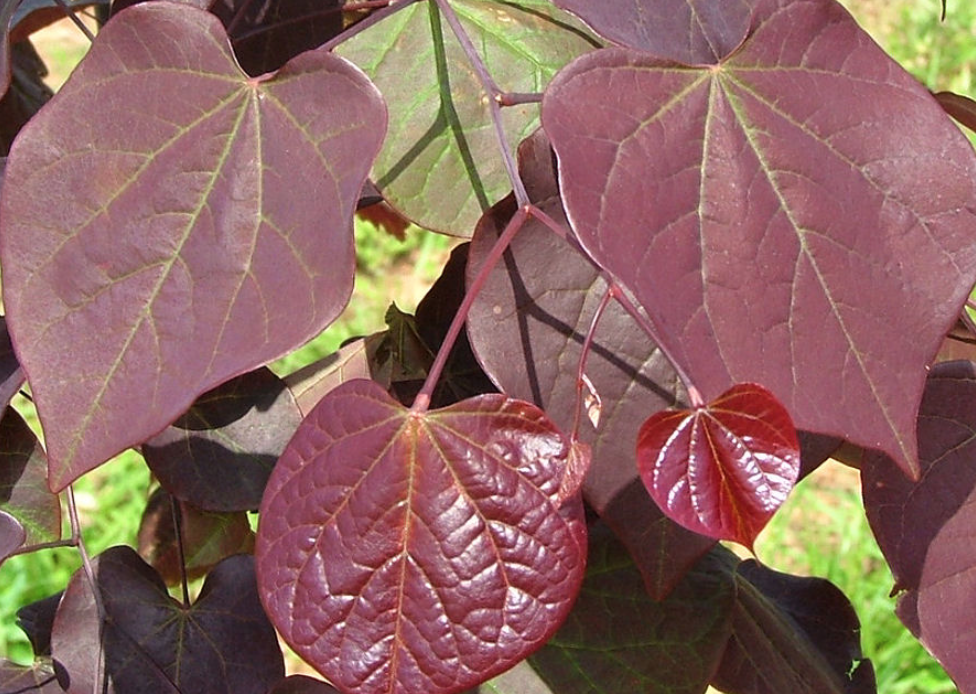EASTERN REDBUD
Native to Georgia
Scientific name: Cercis canadensis
Family: fabaceae
Forage the Edible Redbud
Native American tribes utilized the redbud for various purposes, including medicinal remedies, basketry (using branches and stems), and food (flowers, young pods, and roasted seeds). They also used root extracts for creating red dyes.
George Washington and Thomas Jefferson encorporated the Redbud into their andscape design in the Colonial gardens which demonstrate the appreciation for and intentional use of redbud trees in the formal and designed landscapes of prominent Early American estates. Their vibrant early spring edible blooms and seed pods made them a desirable addition to gardens that sought to incorporate native beauty and functional elements alike.
Eating Redbud Pods
Redbud pods have a sharply tart or sour flavor, very much like underripe green apples. On some trees, the taste is so intense it puckers my mouth.
How to Prepare Redbud Flowers:
Pick the flowers early in the morning. Make sure you are not picking from an area that has been treated with chemicals.
Wash gently with cold water. Let drip dry.
Store in refrigerator until you plan to use.
The flowers will last in a storage container for a couple of days. So pretty!
Eastern Redbud Flowers
When people think of growing plants in a garden for cooking, most people think herbs or at least that is what a garden visitor told me during a recent visit. And for the foragers, they’re after morel mushrooms. But there’s an ornamental tree in most of the US that has quite edible parts, the Eastern Redbud.
Although not edible the leaves make a Rebbud easy to spot!
Depending on the variety the leaves turn a Fall color often includes attractive shades of reddish purple to orange or bright yellow.
Eastern Redbud leaves are easy to spot, having a distinct heart shape to them. They can range in color from red to green to yellow, depending on the time of year.





